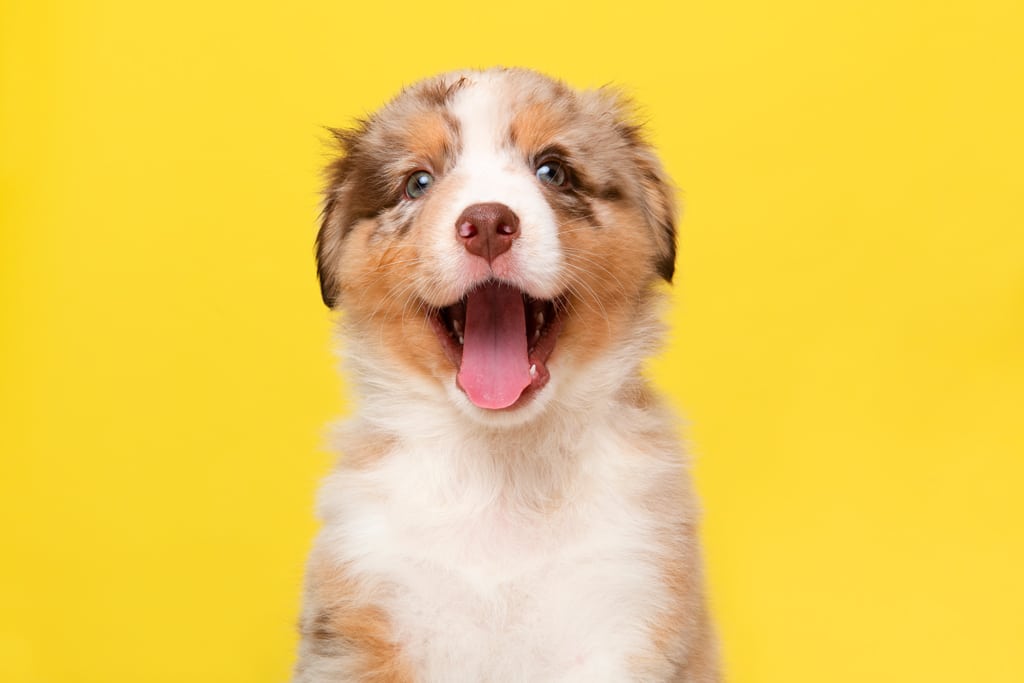- Dog CareDog LifeCommunity
- Photo Contest
Photo Contest- Giveaways
The Irish Wolfhound
“Gentle when stroked, fierce when provoked!” they say of the Irish Wolfhound. From its early history on the battlefield to its current status as a beloved pet, here’s a closer look at one of the dog world’s legends.
Early History
The Irish Wolfhound is an ancient breed. The earliest written record dates all the way back to 391AD and pertains to seven Wolfhounds gifted to Quintus Aurelius in ancient Rome, where the immense dogs proved a source of great wonder and reverence.
It is thought the Irish Wolfhound descended from the ancient Roman war dogs—large, deep-chested, powerful dogs used to hunt and assist in battle. It’s likely they brought their dogs along when they invaded Ireland in 1st century AD. Large, barrel-chested dogs were also used by the Vikings, who invaded Ireland in the 9th and 10th centuries. Speculation, based upon physical similarities, is that the Irish Wolfhound is a descendant of these strong, enormous dogs.
FalconScallagrim/iStock
Whatever its earliest origins, the Irish Wolfhound was used as a war dog by the Celts in their homeland. Large packs of Wolfhounds were sent into battle to drag soldiers from horses and chariots. It can be hard to distinguish fact from legend, but it is said that Cormac mac Airt, one of the High Kings of Ireland, had a pack of 300 Wolfhounds used for battle.
The Irish Wolfhound was also, of course, used for hunting. Wolves, boar, and elk once existed in great numbers in Ireland. Dogs used to hunt these animals needed to be fast enough to catch a wolf and strong enough to kill it. Many breeds participated in these hunts, but none could match the Irish
Wolfhound’s combination of speed, power, and prey drive.The Irish Wolfhound was a dog reserved exclusively for royals and members of the nobility. Visiting royals or ambassadors were often given packs of these dogs as a very precious gift. But the habit of giving packs away and refusing to allow commoners to own them nearly spelled the end of the breed. By the mid-1600s, so few were numbers that Oliver Cromwell, Lord Protector of England, banned their export from Ireland. It’s likely his decision saved the breed from extinction—however, other threats to the Irish Wolfhound would follow.
Get to Know the Irish Wolfhound
- Giant– special considerations arise
- Calm and even-tempered
- Very patient with children
- Incredibly loyal to his family
- The tallest breed on the planet
- Can be a little aloof with strangers
- Loves to run, but satisfied with daily walks
A Breed At Risk
Today, we know that wolves are apex predators whose presence has very positive impacts on ecosystems. In the 1600s and 1700s, wolves were greatly misunderstood—a threat and one to be eliminated. Humans wanted wolves killed, and the Irish Wolfhound proved so good at the task that, by the late 1700s, wolves were extinct in Ireland.
Jobless, the breed’s numbers dwindled. Then came 1798 and the ill-fated Irish Rebellion—a violent uprising against British rule. The Irish Wolfhound—seen by the British as a symbol of Irish resistance—was slaughtered in great numbers. The British were so keen to obliterate this revered symbol of Irish heritage that they offered rewards to anyone who presented them with the head of a Wolfhound. Before long, Ireland’s gentle giant was extinct.
Kamila-Veresova/iStock
A Turning Point
George Graham, a retired British Army officer, felt such an affinity for these dogs that he became determined to resurrect the breed. At this point, it’s widely agreed that the true, original Irish Wolfhounds were extinct. However, Graham was armed with information, and he set forth with his plans to—if not revive—recreate the breed in the mid-1800s.
A Second Chance
Graham scoured the country for authentic Irish Wolfhounds but ultimately had to introduce other breeds to accomplish his goal. He found and used crossbreeds whose lineage could be traced back to Irish Wolfhounds. From here, he added a variety of large, deep-chested breeds, including Deerhounds, Borzois, Mastiffs, Great Danes, and the Tibetan Kyi Apso.
This labour of love spanned more than two decades, during which time Graham successfully developed the Irish Wolfhound as we know it today. He founded the Irish Wolfhound Club in 1885 and remained involved in the breed’s development until his death in 1909.
Fun Facts
+ Many fanciers believe this is one of the quirkiest, funniest breeds around.
+ Its history is shrouded in ancient Irish myths and legends.
+ Likes to give hugs and can stand as high as 7 feet.
Coming to America
Thanks to Graham’s work, interest in the breed was renewed. Irish Wolfhounds arrived in New England as early as the 1630s, but the breed remained extremely rare in North America for another two centuries. In 1897, the Irish Wolfhound was recognized by the American Kennel Club (AKC). By the time the Irish Wolfhound Club of America was founded in 1926, the breed was still a very rare sight, and only a handful of dogs had been registered.
Serious Stature
The Irish Wolfhound is the tallest dog in the world. Males standing upright to give their owners a hug (yes, really!) can exceed seven feet tall. The AKC Standard sets a minimum height at the shoulder for males at 32 inches; 30 for females. Ideal weights are 120 pounds for males and 105 pounds for females. The Irish Wolfhound’s double coat is rough and wiry and accepted in an array of colours, including gray, brindle, red, black, pure white, and fawn. The head appears long because it’s proportionate to the body. Long hair falls over the eyes and can also form a beard, lending a dapper air.
Living with the Irish Wolhound
Irish Wolfhounds are calm, good-natured, and love to be with their people. They are sensitive and crave companionship—this is a Velcro dog that wants to be always with you.
The Wolfhound is affectionate but, in true hound character, can be a little aloof with strangers. With other large dogs, they tend to play well. Caution is advised around small dogs as well as cats, bunnies, or other small pets. The Irish Wolfhound may no longer be chasing down wolves, but prey drive remains, and introductions to smaller animals should be handled carefully.
Many consider the Irish Wolfhound one of the most gentle and loving dogs when it comes to kids. Here again, simply owing to their immense size, caution and supervision around small children is advised.
The Irish Wolfhound’s ideal home has the space he requires—inside and out. A large yard is ideal, and fencing is an absolute must.
Ashva/iStock
Training and Socializing
When you’re living with a giant breed, training is vitally important. An unruly puppy can grow quickly into a massive, powerful problem. Start right at the puppy stage and commit to using only positive-reinforcement techniques. Irish Wolfhounds are very sensitive—big softies, really—and will not respond well to harsh corrections.
As for training, this is a sighthound, and if you’ve lived with one…you know. They can be, how shall we say, independent thinkers. Many speak of canine intelligence in the context of how keen a dog is to do someone’s bidding. Sighthounds sometimes get a reputation for being unintelligent; in reality, they just are not very biddable. That said, your Irish Wolfhound will learn good manners from you if you find a way to engage and get them excited to learn.
Profile: The Irish Wolfhound
Size: Giant
This is the tallest breed in the world. Weights range form 105 pounds (females) to 120 pounds (males).Activity Level: 3/5
Daily exercise and ideally a backyard to run and cavort in is ideal.Grooming: 2/5
Moderate. The double-coat sheds moderately year-round. Weekly brushing and the occasional bath will keep your Irish Wolfhound looking dapper.Heritage:
Developed in Ireland for battle and hunting wolves, board, and elk.For more information on Irish Wolfhound rescue in the U.S., visit iwclubofamerica.org/rescue. In Canada, visit iwcc.ca/en_ca/rescue-2.
Activities for Irish Wolfhounds
The Irish Wolfhound requires some room to roam, and it’s no surprise that they love to run. They’ll be happy with long daily walks but a yard with some room to gallop is ideal. Lure coursing is an obvious sport. It’s truly a joy to watch these dogs in their element. This breed is versatile enough to tackle other sports and activities, too.
Caring for the Gentle Giant
The Irish Wolfhound is a natural beauty, the coat requiring only weekly brushing. The Irish Wolfhound sheds throughout the year, as compared to some breeds that blow their coats seasonally.
As with all purebreds, the Irish Wolfhound is prone to some disorders and genetic diseases. It’s important to ensure that the breeder you’re working with screens their dogs and is truly committed to the health and longevity of their breed.
On that last point, there is a final consideration. As with most giant breeds, the Irish Wolfhound’s lifespan is short. Six to seven years is the average life expectancy.
This is a truly extraordinary dog. From the breed’s ancient origins and fascinating history to its status today as a beloved pet, the Irish Wolfhound is truly a living legend.
If you like the Irish Wolfhound, you might consider the…
Scottish Deerhound Greyhound Borzoi
The inset photos left to right: Life on White/Bigstock, Eric Isselée/AdobeStock, cynoclub/Bigstock
» Read Your Breed For more breed profiles, go to moderndogmagazine.com/breeds
This article originally appeared in the award-winning Modern Dog magazine. Subscribe today!
The Collie
Brave, loyal, and highly intelligent, the handsome Collie has been used as a herding dog in the highlands of Scotland and Northern England for centuries. But with origins that pre-date record keeping, the Collie’s earliest days of development are shrouded in mystery.
What we can say for certain is that the Collie’s stunning good looks seem to have happened rather accidentally. The Collie was bred for strength, agility, courage, and of course strong herding instinct. It just so happens that, somewhere along the way, this breed lucked out with striking good looks that truly set him apart from the rest of the herd, so to speak.
Experts point to the influence of a wide range of breeds that may have contributed to the Collie’s development—the Norwegian Elkhound, Eskimo Dogs, and even the tiny Pomeranian! It’s all up for debate, although it is widely accepted that the earliest Collies were closer in size and appearance to today’s Border Collie. In time, though, the Collie’s size grew—and so did his coat. Today, he comes in Rough- and Smooth-coated varieties; the two are identical with the exception of coat type.
The Collie lived out a simple existence, herding and droving—until he caught the eye of a certain dog-loving monarch; in the 1860s, Queen Victoria visited the highlands and became enchanted with Collies. Such was her influence that the Collie was nothing short of an overnight superstar. The breed was instantly in demand as a family companion.
Most Popular Dogs in the US
According to the most recent AKC registration statistics
[1] Labrador Retriever
[2] German Shepherd
[3] Golden Retriever
[4] Bulldog
[5] Beagle
[6] Yorkshire Terrier
[7] Poodle
[8] Boxer
[9] French Bulldog
[10] Rottweiler
[35] Collie
Cross-the-pond popularity followed. The Collie Club of America was founded in 1886 and the breed made its first appearance at the Westminster Kennel Club Dog Show in 1877. But it wasn’t until the 1900s that the Collie’s status as a pop culture icon was sealed. Lad of Sunnybank, a bestseller detailing the heroic acts of a Collie was beloved by readers old and young alike. Next, Lassie. Yes, what is now a household word began with a short story written in 1938. That story served as the inspiration for the 1943 movie Lassie Come-Home and subsequent films. The 1950s TV series Lassie cemented the Collie’s image on a global scale as the smartest, bravest, most loyal and devoted animal on the planet. Hey, let’s face it, if you’ve watched a few episodes you know that, no matter what Timmy had gotten himself into—stuck in a well, lost in the woods, you name it—Lassie was never far away and she always saved the day.
But here’s the thing. Collie fanciers know it and believe it in their hearts: Lassie isn’t just an imaginary icon. This breed does possess all of those incredible qualities. The Collie is fiercely loyal, keenly intelligent, and many fanciers point to the breed’s innate ability to seemingly predict its guardians’ behaviour.
Today’s Collie is a medium-sized dog with almost perfect proportions from top to bottom. There’s nothing extreme about his appearance, although his head and expression are very distinctive—refined, bright-eyed, and always alert.
The Smooth-Coated Collie has a short, dense, coat. In contrast, the Rough-Coated Collie’s coat is long, harsh in texture, and abundant everywhere save the head and legs. The breed comes in four different coat colour variations. Sable is the most popular (no doubt due to Lassie’s appearance) but tri-colour, blue merle, and white coat colours also exist and are accepted by the AKC.
So is this herding breed a good option as a family pet? In a word, yes.
The Collie is mild-mannered, devoted to his guardians, and notoriously good with children. As compared to some herding dogs, the Collie leans more to the quiet side—though if he has a reason to bark (like a stranger approaching the home), you’ll hear him loud and clear.
Hearty and strong he may be, but this gentle soul is not suited for outdoor living. He thrives in the home. If left alone for extended periods he will be unhappy, and will most likely act out by aggressive behaviour or excessive barking. He wants to be loved—so keep him close to your home and heart, and give him his due.
Ready to get out and have some fun? The Collie is up for most anything, so long as he’s with you. Given his heritage, it’s no surprise that the Collie is a natural at herding trials, but he’ll also thrive in activities such as obedience, agility, and tracking. And, with his sweet temperament and dashing appearance, the Collie has a true gift for therapy work.
Early training at the puppy stage is recommended to help socialize the Collie and establish acceptable boundaries for problems like pulling on-leash, jumping up on people, or excessive barking. Because the Collie is a sensitive soul, it is especially important that training be consistent and positive in nature. Treated and trained with kindness, the Collie will develop into the most handsome and well-mannered dog you’ll ever be lucky enough to love.
Profile: The Collie
Size: Medium
The Collie is a medium-sized dog. Females range from 22 to 24 inches at the withers, with males ranging from 24 to 26 inches. Their weight can range between 50 and 70 pounds.Activity Level: 4/5
The Collie has a great deal of athletic prowess and endurance. He’ll be happy with daily walks, but he’ll thrive given the chance to participate in canine sports.Grooming: 3/5
Both varieties shed, but the Rough-Coated Collie will require more attention. Weekly brushing to avoid mats is a minimum.Heritage: Herding
Bred as a herding dog in the highlands of northern Scotland and England, over time the Collie became popular as a beloved family pet.
When it comes to health considerations, the Collie is a hearty dog, but like all purebreds he can be prone to some disorders, including Collie Eye Anomaly, which can be mild or cause blindness. The Collie Club of America established a health foundation in the 1980s, designed to help fanciers and the public in efforts to promote the good health of the breed. It’s also worth noting that Collies have some drug sensitivities, so be sure your veterinarian double-checks that any medications they prescribe are safe for Collies.
Given the legacy of Lassie, it wouldn’t be a stretch to call the Collie the most famous breed of all time. Collie enthusiasts will tell you that fame and notoriety are well deserved, because in their eyes there is simply not a finer, more noble, or more special breed out there. It’s hard to argue those points. Spend a little time with the gentle Collie and, odds are, you’ll find yourself in agreement.
» Read Your Breed For more breed profiles, go to moderndogmagazine.com/breeds
The Sloughi
The Sloughi is a medium-sized, smooth-coated, athletic sighthound. An ancient breed, it is treasured in North Africa for its hunting skills, speed, agility, and endurance over long distances. The breed is noble and somewhat reserved, with a gentle, melancholy expression. Sloughis must be exercised on leash or in a large fenced area since they will run after anything that catches their fancy. The Sloughi’s smooth coat requires a weekly brushing.
alkir/Bigstock
» Read Your Breed For more breed profiles, go to moderndogmagazine.com/breeds
The American Hairless Terrier
Energetic, alert, curious, and intelligent, the American Hairless Terrier is a small to medium-sized, active terrier. Ancestors of the breed were bred to hunt rats and other vermin, and today the breed excels in many dog sports. The breed comes in both a hairless and coated variety, although the coated dogs still carry the hairless gene. The American Hairless Terrier is well known for causing fewer allergic reactions than other breeds, allowing many allergy sufferers to welcome them into their homes.
» Read Your Breed For more breed profiles, go to moderndogmagazine.com/breeds
The Bergamasco
A sheepdog with a strong work ethic, the Bergamasco’s most unique characteristic is its coat, which contains “dog hair,” “goat hair,” and “wool” that combine to form black or gray felt-like mats. The mats grow over the course of the dog’s life, reaching the ground at approximately six years of age. (The coat can actually smell like a sweater when it is wet!) Despite its formidable appearance, the Bergamasco is really a trim, athletic sheepdog underneath all those dreadlocks.
Photo by National Dog Show Presented by Purina
» Read Your Breed For more breed profiles, go to moderndogmagazine.com/breeds
The Boerboel
The Boerboel is a large dog that is strong, confident, and muscular with a distinctive, blocky head. Despite its size, it is the most agile of the mastiff-type breeds. Boerboel mean “farm dog” and the breed serves as a capable working dog as well as a loyal companion in its home country of South Africa. The skin of a Boerboel should be dark on the stomach and under the fur, as well as the roof of the mouth, which protects against heat and sun. The coat is a short and dense and can be brindle, brown, cream, reddish brown or tawny.
» Read Your Breed For more breed profiles, go to moderndogmagazine.com/breeds
The Mastiff
What we have here is possibly the dog world’s biggest contradiction—because underneath all of that power and muscle is one of the sweetest, most sensitive, and loving members of the canine world.
With his massive, muscular body and ferocious-sounding bark, the Mastiff can strike fear in the hearts of men. Of the giant breeds, he is the largest (as defined by body mass—this breed is not only big but heavy) and can clock in at well over 200 pounds. But what we have here is possibly the dog world’s biggest contradiction—because underneath all of that power and muscle is one of the sweetest, most sensitive, and loving members of the canine world.
Where did these gentle giants originate?
The Mastiff descended from the ancient Alaunt and Molosser, giant hunting and guarding dogs whose Tolkien-sounding names befit their antiquity (think B.C.). From here, the Mastiff was developed over many thousands of years. Artwork from the Babylonian era depicts lion-hunting dogs that, other than being thinner and taller than Mastiffs, bear striking similarity to today’s breed. Egyptian drawings feature dogs of this type as far back as 3000 BC.
Pictorial evidence aside, however, what exists with regard to the breed’s earliest development is essentially folklore–but what interesting folklore it is! Phoenician traders are thought to have brought Mastiffs to England, where they were subsequently taken by Romans during Caesar’s invasion in 55 BC. Caesar is said to have brought a large number of Mastiffs back to Italy for guard work and to fight in the arenas. Marco Polo wrote of the 5,000 Mastiffs held in the kennel of Kubla Khan, used for fighting and war assistance.
Ultimately, though, the majority of the breed’s development occurred in England, dating as far back as the fifteenth century. Then, poverty and hunger were epidemic among the commoners, and thievery and poaching for food were rampant as a result. The nobles, with plentiful food and game on their land, could afford to feed a massive dog and used the Mastiff to scare away those who trespassed on their land in search of food or game.
By the early 20th century, the Mastiff’s numbers had dwindled in England, but fanciers worked to sustain the breed, introducing the St. Bernard into the mix. Breed popularity soared but the Mastiff’s future would face another hurdle. During the Second World War, many large breeds faced the possibility of extinction. In a time when people were starving, it was seen as an excess (and downright unpatriotic) to house and feed a giant dog. The Mastiff’s numbers plummeted.
In the late 1940s, a dedicated group of British fanciers took matters into their own hands, and made it their mission to revive the breed. Records show that, by this time, there were only seven Mastiffs alive in England! The situation was dire, so off to America the breeders went, in pursuit of suitable breeding stock. (The breed was introduced to America in the 1800s and recognized by the American Kennel Club (AKC) in 1885.) Ultimately, two puppies were imported into England and those dogs would become the foundation stock needed to save the breed. Other breeds with similar physical traits and temperaments were selectively introduced, including the Bullmastiff, the Great Dane, and the St. Bernard.
Today’s Mastiff is a family companion. Looking for a guard dog? The Mastiff will not fit the bill. While these dogs will protect their families, it is more a case of watching over their flock rather than fighting for it. Typically, you’ll be alerted when someone comes to the door by a bark—a very loud and ferocious-sounding bark, I might add. But once folks are in your home and your Mastiff sees that you have accepted them, that’ll be good enough for him.
The Mastiff is a true house dog. He will not respond well to periods of extended time away from you. These dogs bond very closely with their guardians and certainly fit the classic description of a Velcro dog—the kind who literally sticks to you all the time. If you value independence and time alone, this isn’t the breed for you. You will find that the Mastiff wants to be beside you and, likely, on you. His paw may find itself on your leg, his massive head in your lap, or he may be a leaner who likes to plop his sizable rump on your foot. One way or another, the Mastiff will make his way into your personal space. To deprive a Mastiff of this kind of closeness would be to deprive him of his strongest instinct because, for the Mastiff, to know you is to love you. So please let him.
This breed is well known for being kind and patient with children. Due to his size, though, safety and common sense are urged when small children are near. A 200-plus pound dog can knock over a toddler quite easily with a gentle nudge or a happily-swinging tail.
In terms of energy-level and exercise requirements, the Mastiff is calm and easy to live with. A moderate daily walk will keep him happy. That being said, the eager to please Mastiff is up for some activities, if you’re game. Mastiffs have done very well in canine sports like Obedience, Rally, Agility, and Carting. Their sweet disposition has also made them notoriously good Therapy dogs.
Now, about the slobber.
Well, Mastiff fanciers will tell you a few things. First, they’ll quickly point out that the Mastiff is not the biggest culprit for slobber-slinging in the dog world. There are droolier breeds! But some slobber is a fact of daily life and, especially after eating or drinking, a wipe with a towel will be needed to keep drool in check. Mastiff owners typically have small towels placed strategically around their homes, in their cars, etc. And you may surprise yourself, because plenty of Mastiff devotees not only say that slobber is a small price to pay for life with the gentle giant, but admit they’ve learned to love those big, wet kisses.
gorielov/Bigstock
Profile: The Mastiff
Size: Giant
The AKC standard includes a minimum height requirement of 27.5 inches at the shoulder. Weight is not addressed in the standard, but most males weigh from 160 to 230 pounds and females at 120 to 170 pounds.Activity Level: 2/5
The easy-going Mastiff does not require a great deal of exercise, and you may even have to work at convincing him to get off the couch. Daily walks will suffice.Grooming: 2/5
A weekly brush is all that’s required to keep this breed’s short coat looking dapper and shedding minimally. Keep those toenails filed down, so this massive breed doesn’t slip and fall.Heritage:
Originally, the Mastiff used his massive size to protect his owners and for service in battle. Today, his role is that of devoted family companion.For more information on Mastiff rescue in the U.S., visit www.mastiff.org/rescue/. In Canada, visit www.mastiffcanada.org.
As with most Giant breeds, there are some bottom-line considerations that come into play when you’re thinking about opening up your home to a Mastiff.
First, bigger dogs can translate into higher costs. Once past their growing stage, Mastiffs will typically eat between six to eight cups of food for day—that’s roughly 40 to 70 pounds per month. Veterinary expenses are also going to come at a premium in some cases, since many medications are dosed based upon weight.
But perhaps most important is to factor in the commitment that absolutely must be dedicated to obedience training. Life with an unruly 200-pound dog is not going to work out well, so it’s critical that obedience training begins when the Mastiff is in his early puppy stage. Establishing proper boundaries is very important, for everything from walking calmly on-leash to greeting people without jumping up or sitting quietly for a nail trim. The Mastiff can be quite shy and he is known to have a stubborn streak. These traits, too, can and should be worked on with training from an early age. As always, be sure to find a trainer who emphasizes only positive reinforcement techniques. This sensitive breed will respond particularly poorly to harsh or negative training.
Health-wise, the Mastiff is known as a hearty breed but like all dogs can be prone to some disorders, including hip and elbow dysplasia, cancer, and eye disorders. Some of these issues are hereditary; others are not. If working with a breeder, be sure to do your research to choose a reputable one whose dogs come with health clearances.
The Mastiff isn’t a dog you see every day, and that’s rather a shame. We live in such complicated times that many people would likely find a perfect companion in this easy-going, calm-natured breed. Cuddling up with the dog world’s biggest softy feels like a quiet port in a storm.
If you like the Mastiff, you might also consider the:
Neapolitan Mastiff Dogue de Bordeaux St. Bernard
» Read Your Breed For more breed profiles, go to moderndogmagazine.com/breeds
This article originally appeared in the award-winning Modern Dog magazine. Subscribe today!
The Scottish Terrier or “Scottie Dog”
The hallmark of the Scotland Terrier is his wiry coat and distinctive eyebrows and beard. Small (18 to 22 pounds) yet strong, the Scottie is spirited and playful yet a gentle and loving family member. Bred to kill farm vermin, the Scottie, as the AKC notes, is “naturally a digger.”
» Read Your Breed For more breed profiles, go to moderndogmagazine.com/breeds
The Dandie Dinmont
This 18 – 24 pound cutie, originally bred as a vermin hunter, is characterized by the poof of hair atop his head, curved tail, and soulful eyes. Like the Dachshund, he was bred to “go to ground” after badger and the like, and, as such, has a long, low body. This non-shedding breed has a big-dog personality. Confident, smart, and independent, the Dandie Dinmont is affectionate toward his family but reserved with strangers and would do well in both urban and rural settings.
Tiffany blue Danes & Divas bow tie, $15, danesanddivas.com
» Read Your Breed For more breed profiles, go to moderndogmagazine.com/breeds
The Coton de Tulear
The Coton de Tulear is a very hardy small-sized (8 to 13 pounds), long-coated companion. Happy and clownish, the breed is eager to please and very loyal. Meaning “cotton” in French, the Coton de Tulear has a soft, white coat.
The Coton de Tulear dates back around the 15th century in Madagascar, off the coast of eastern Africa. The breed takes its name from the port city of Tulear, where it was especially prevalent in the 1700s. While the exact origins of the Coton are unknown, the breed is said to have survived in packs in the wild, later used for ridding trade ships of unwanted rodents. These happy little dogs were also prized by the Merina nobles for their companionship and pleasant demeanor. Popular with the French who colonized Madagascar, the Coton later became prevalent throughout Europe.
Is this the breed for you? The Coton de Tulear is a happy dog that thrives on human companionship. They are extremely sturdy and versatile, excelling in all types of dog activities, from agility to therapy. The breed gets along well with other dogs, cats, and children provided that proper socialization is given. The breed’s long coat requires daily grooming and care. The Coton de Tulear is considered “hypoallergenic” and may be a good breed for allergy sufferers.
» Read Your Breed For more breed profiles, go to moderndogmagazine.com/breeds
Dogify Your Inbox
Sign up for the FREE Modern Dog Magazine newsletter & get the best of Modern Dog delivered to your inbox.
"*" indicates required fields
By clicking the arrow, you agree to our web Terms of Use and Privacy & Cookie Policy. Easy unsubscribe links are provided in every email.

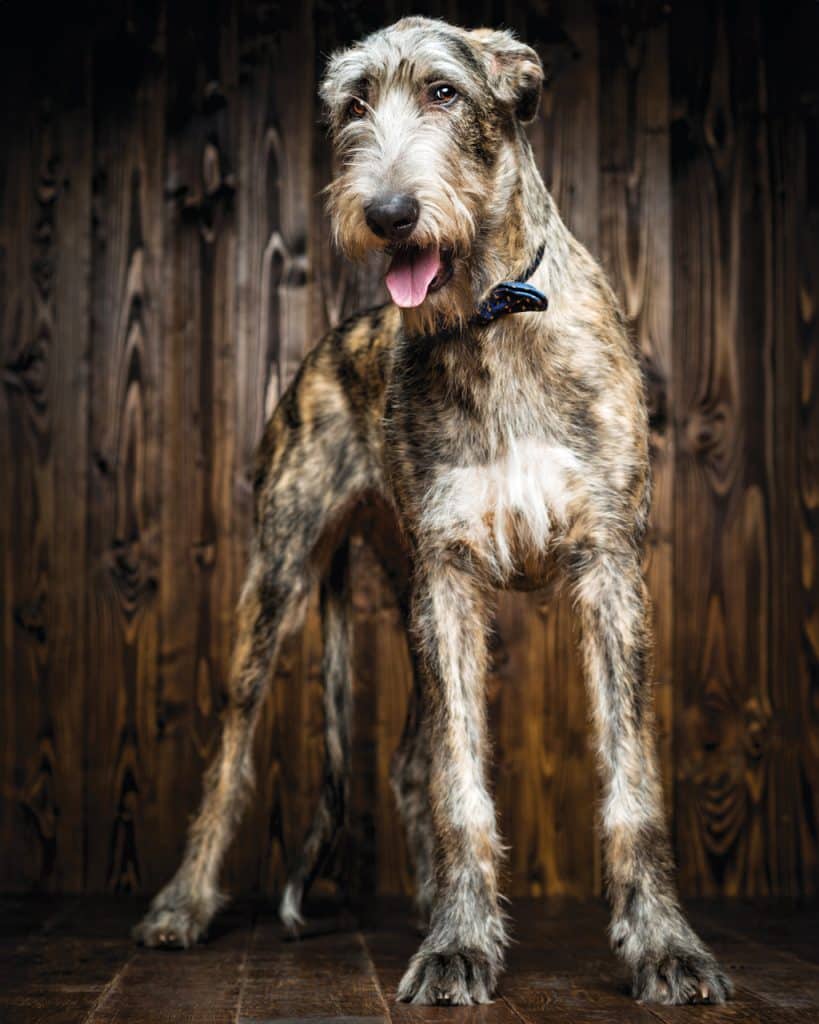
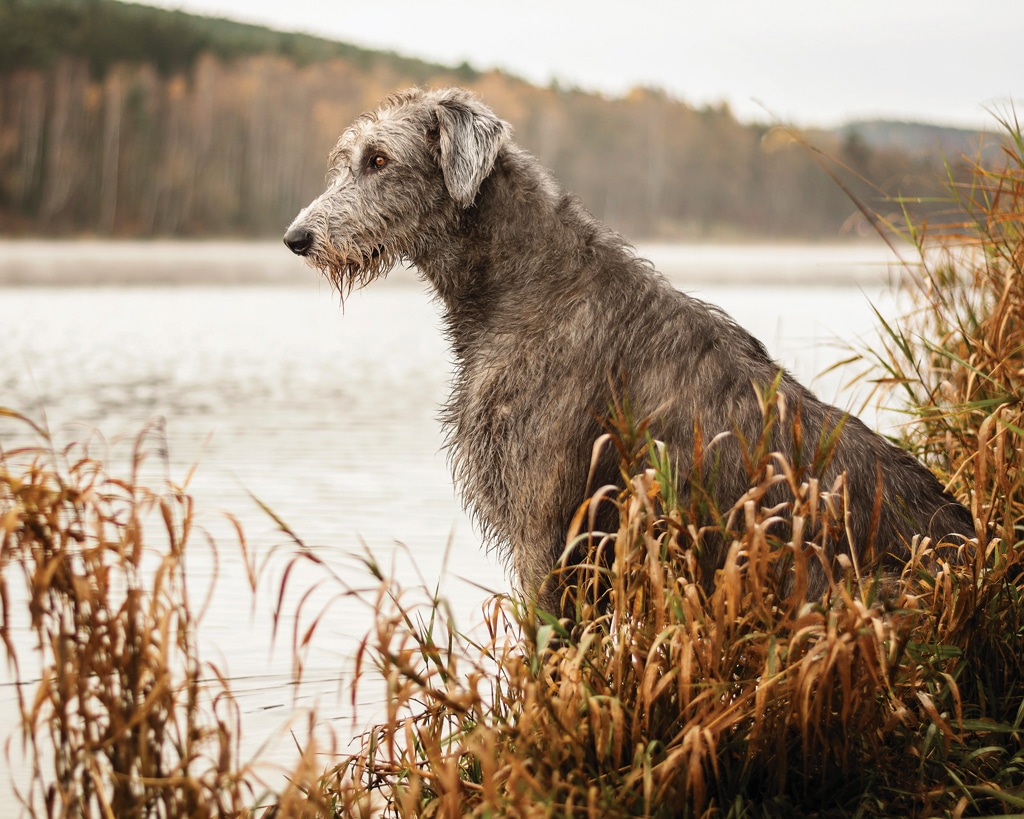
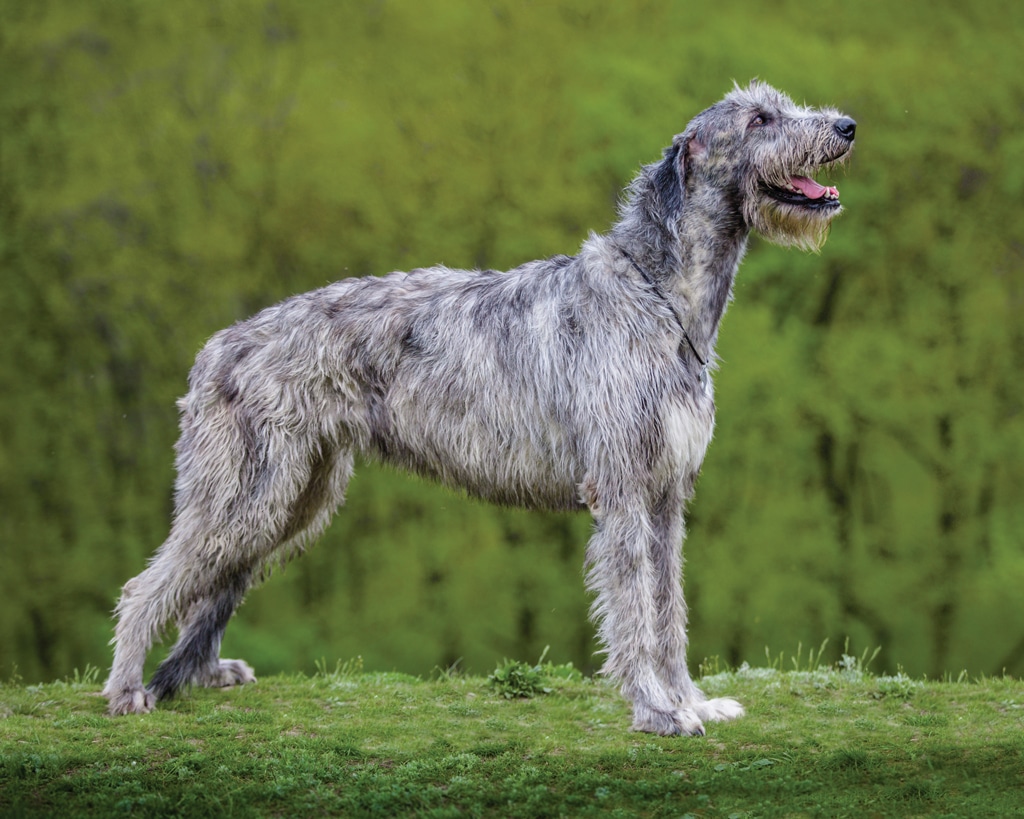
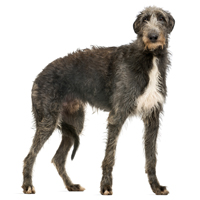
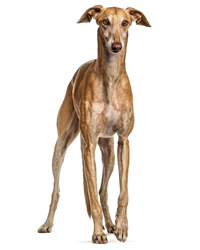
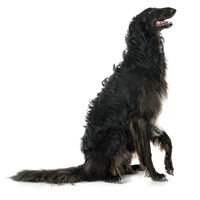

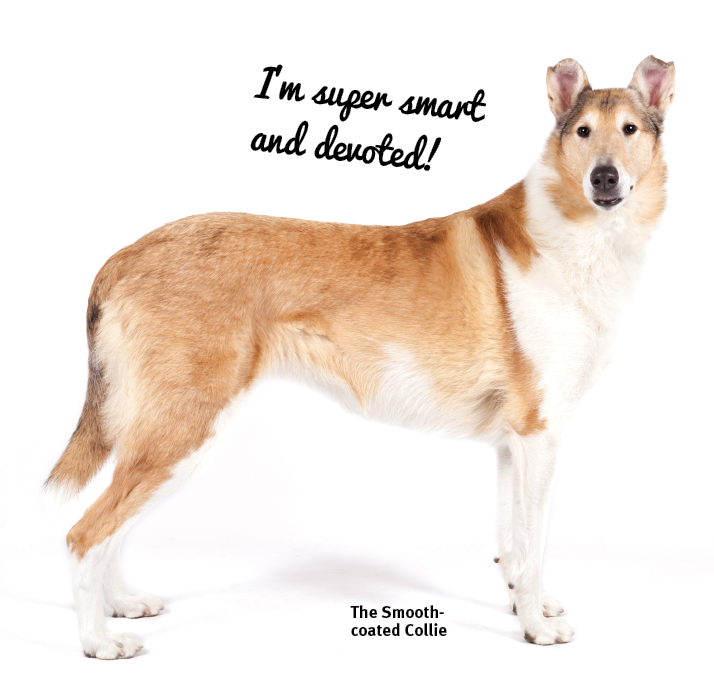 But here’s the thing. Collie fanciers know it and believe it in their hearts: Lassie isn’t just an imaginary icon. This breed does possess all of those incredible qualities. The Collie is fiercely loyal, keenly intelligent, and many fanciers point to the breed’s innate ability to seemingly predict its guardians’ behaviour.
But here’s the thing. Collie fanciers know it and believe it in their hearts: Lassie isn’t just an imaginary icon. This breed does possess all of those incredible qualities. The Collie is fiercely loyal, keenly intelligent, and many fanciers point to the breed’s innate ability to seemingly predict its guardians’ behaviour. 
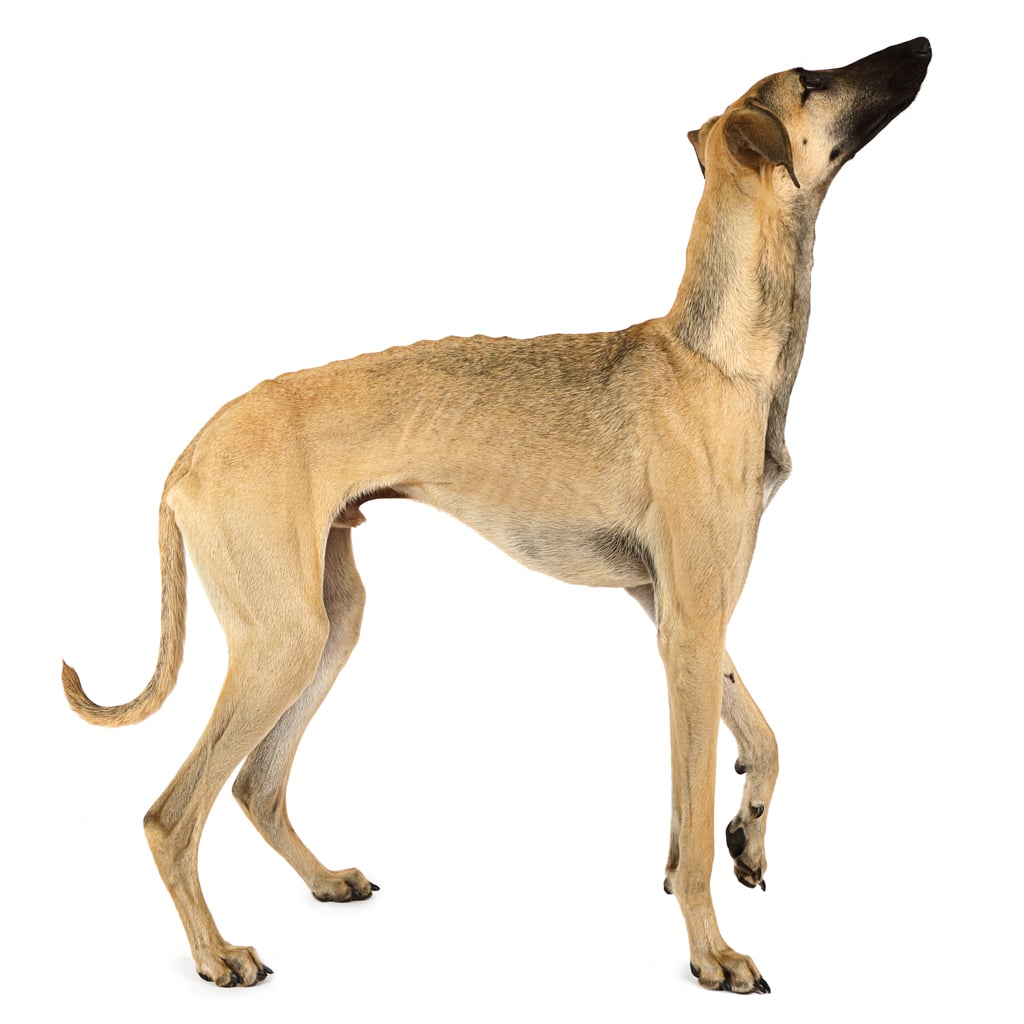

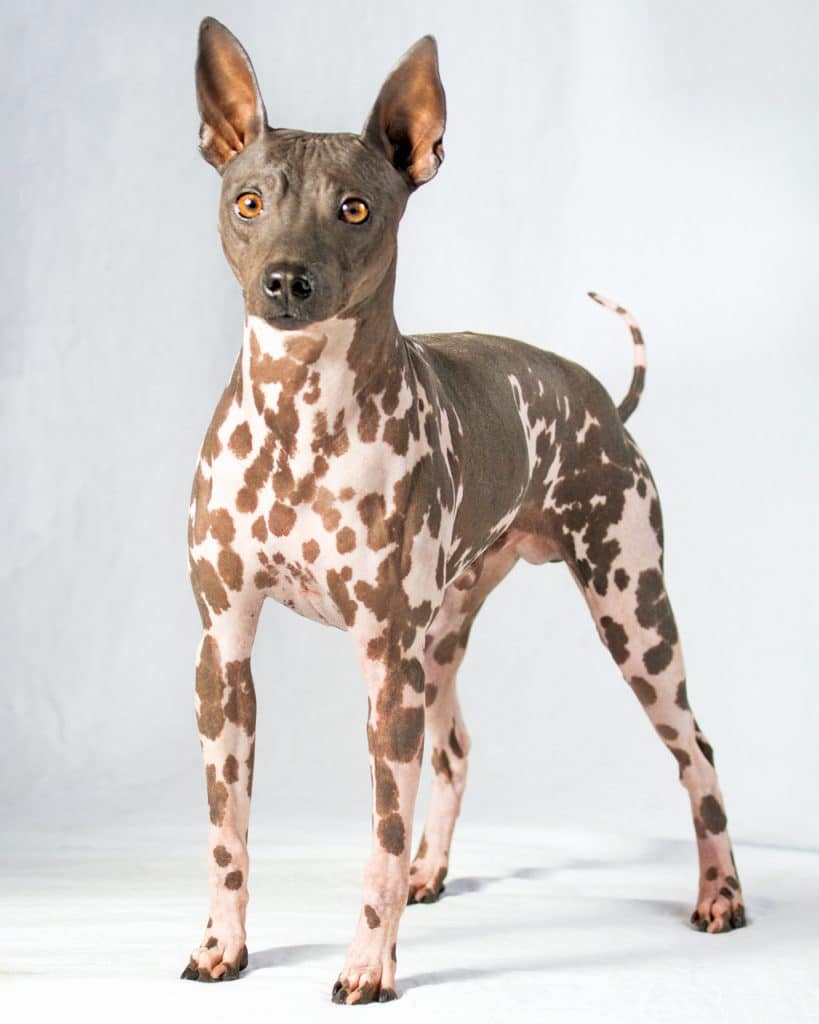

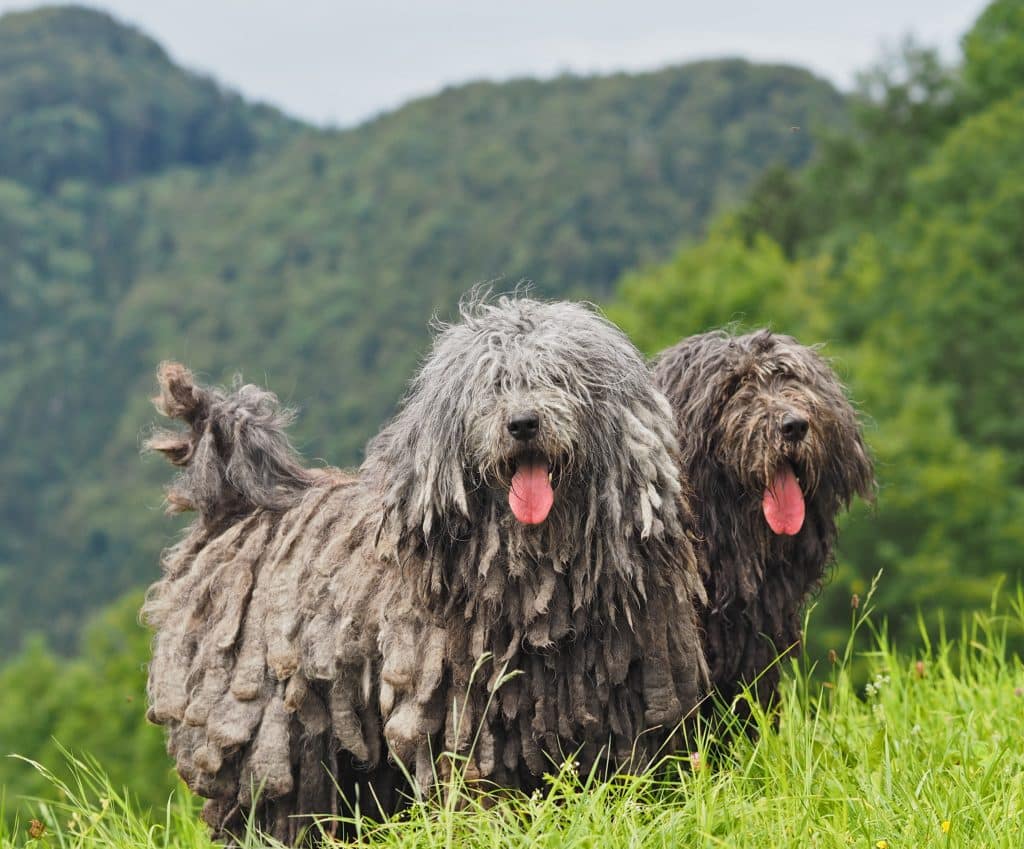

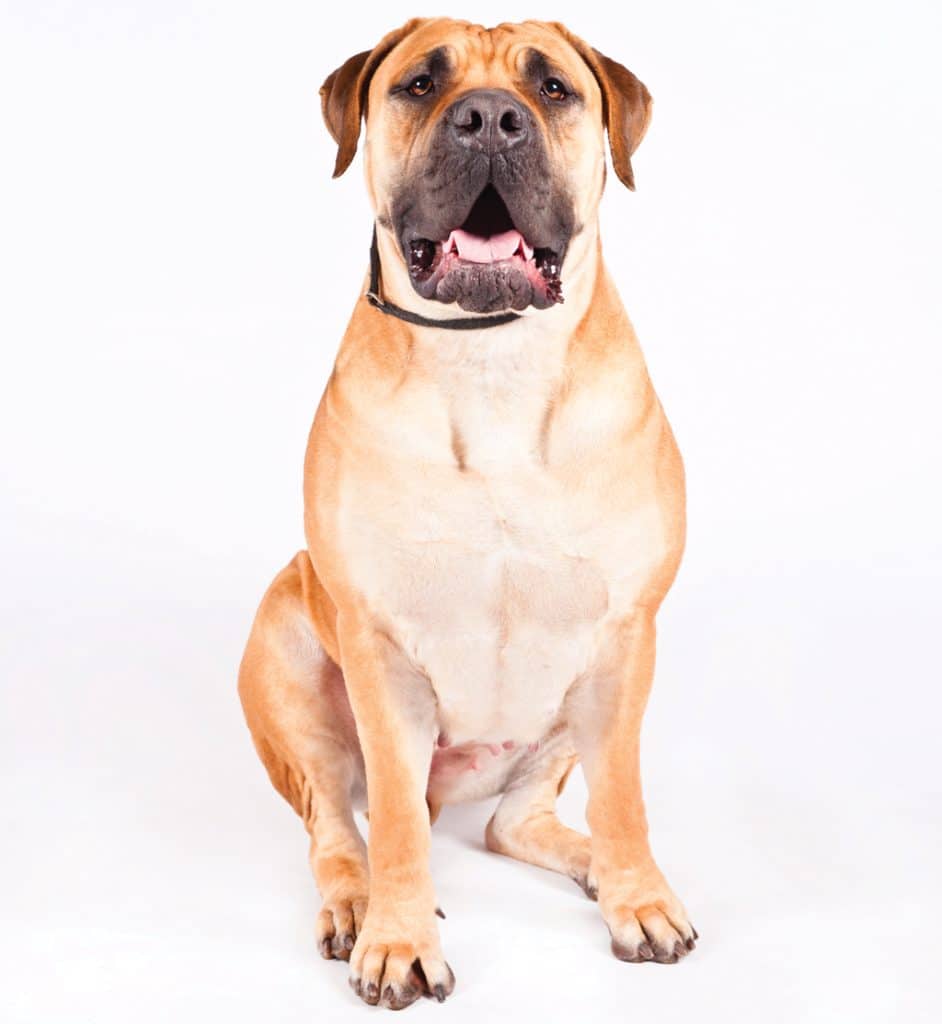

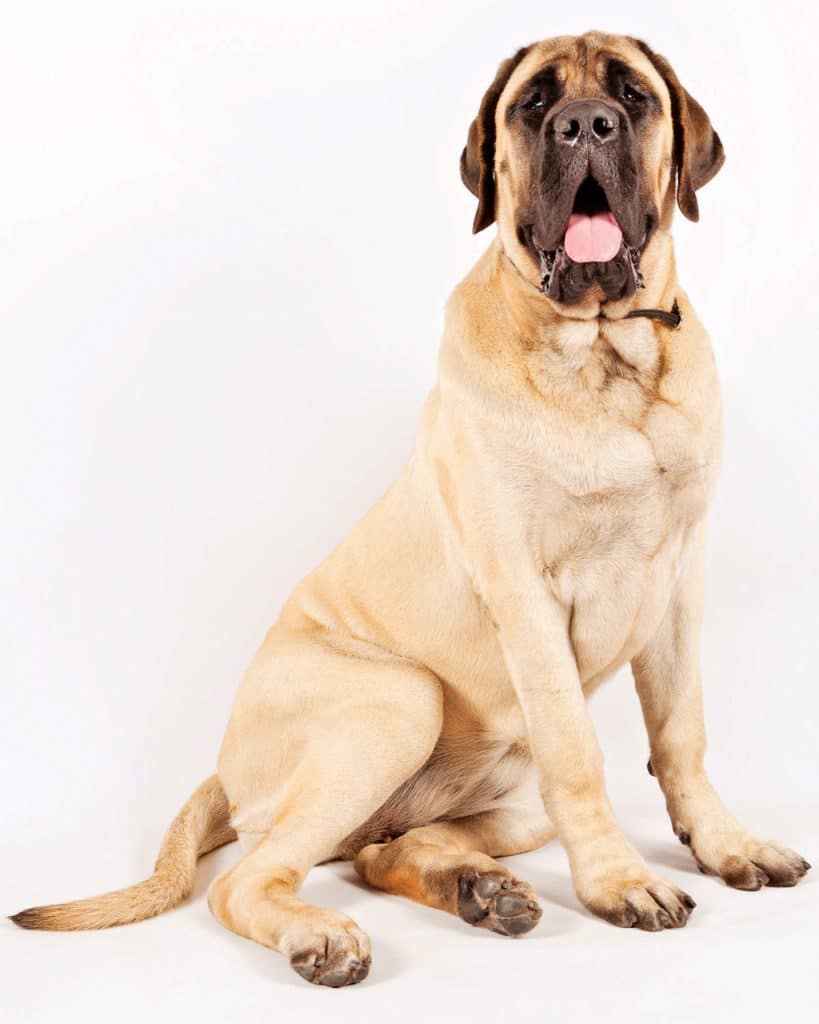
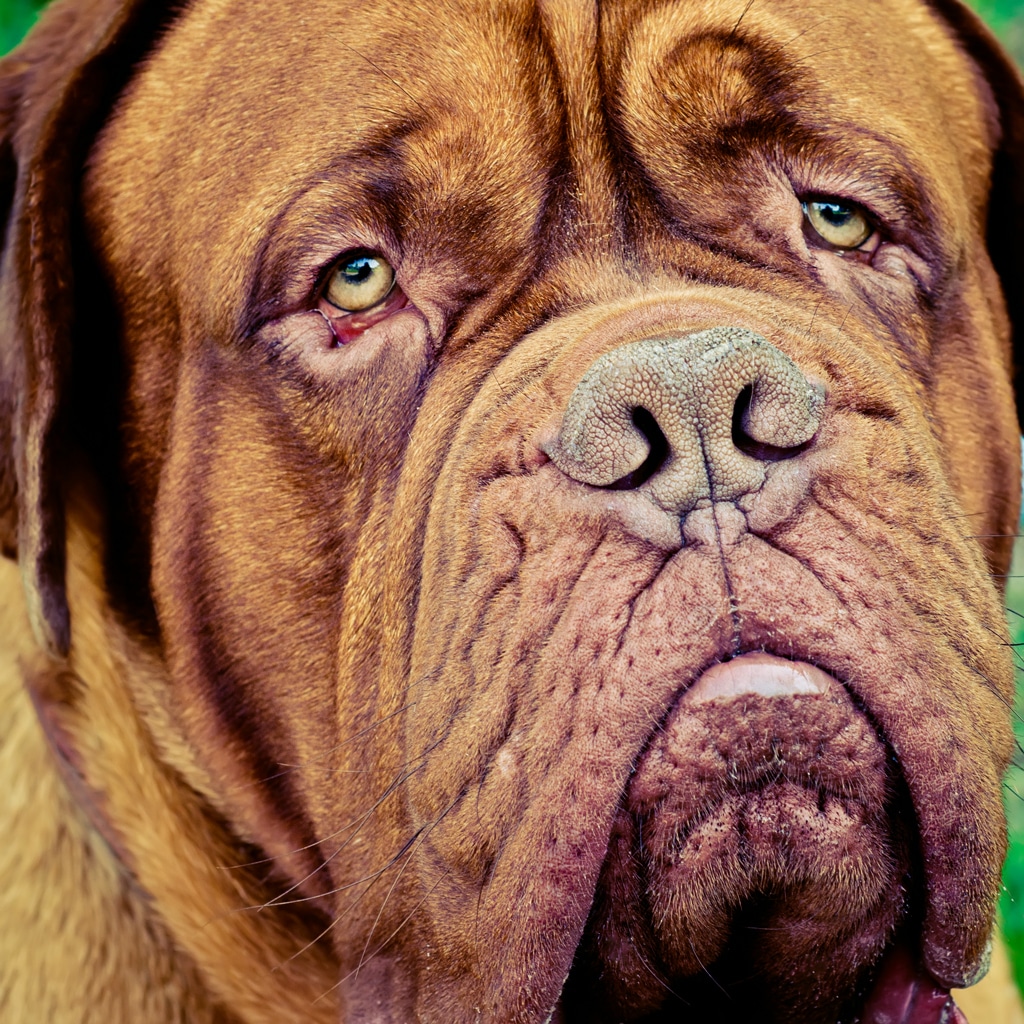
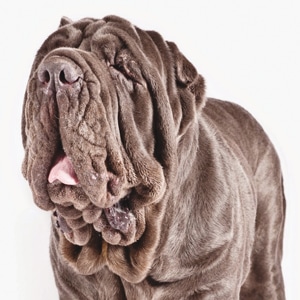
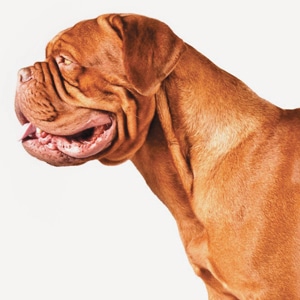
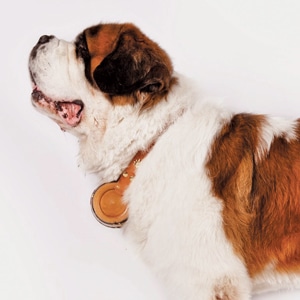

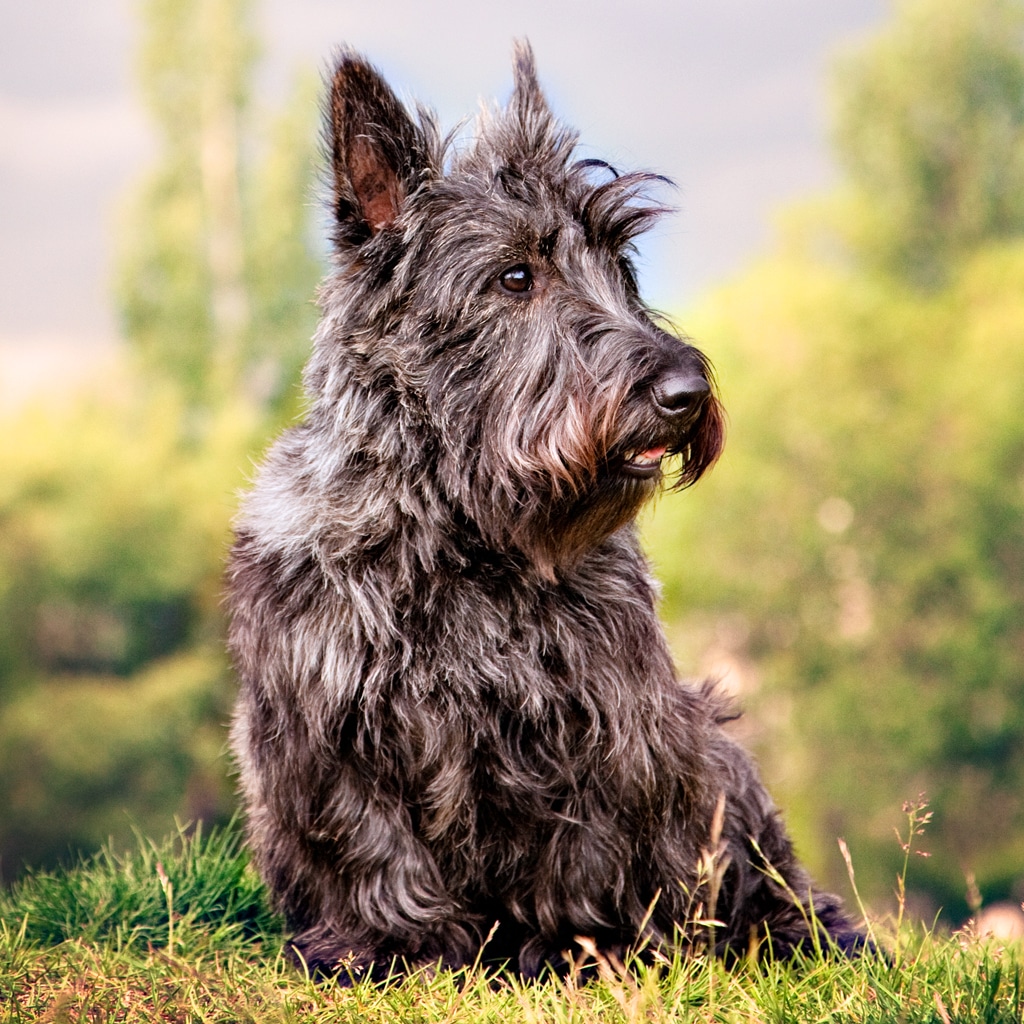

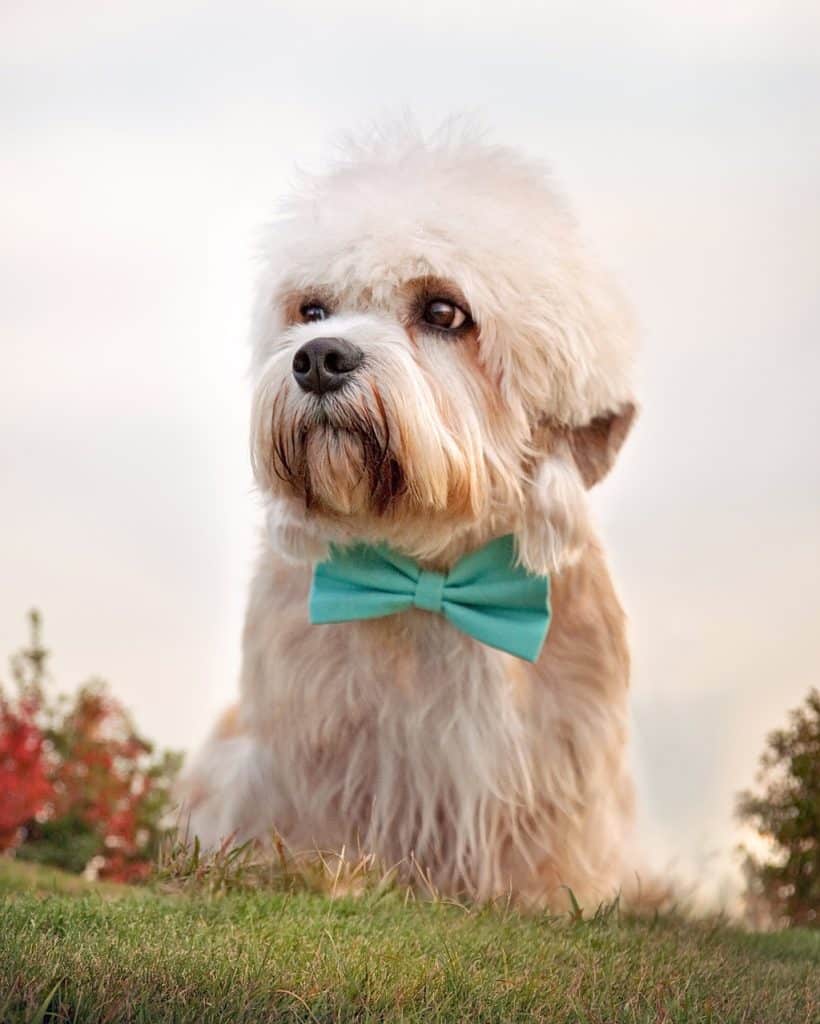

 The Coton de Tulear dates back around the 15th century in Madagascar, off the coast of eastern Africa. The breed takes its name from the port city of Tulear, where it was especially prevalent in the 1700s. While the exact origins of the Coton are unknown, the breed is said to have survived in packs in the wild, later used for ridding trade ships of unwanted rodents. These happy little dogs were also prized by the Merina nobles for their companionship and pleasant demeanor. Popular with the French who colonized Madagascar, the Coton later became prevalent throughout Europe.
The Coton de Tulear dates back around the 15th century in Madagascar, off the coast of eastern Africa. The breed takes its name from the port city of Tulear, where it was especially prevalent in the 1700s. While the exact origins of the Coton are unknown, the breed is said to have survived in packs in the wild, later used for ridding trade ships of unwanted rodents. These happy little dogs were also prized by the Merina nobles for their companionship and pleasant demeanor. Popular with the French who colonized Madagascar, the Coton later became prevalent throughout Europe.